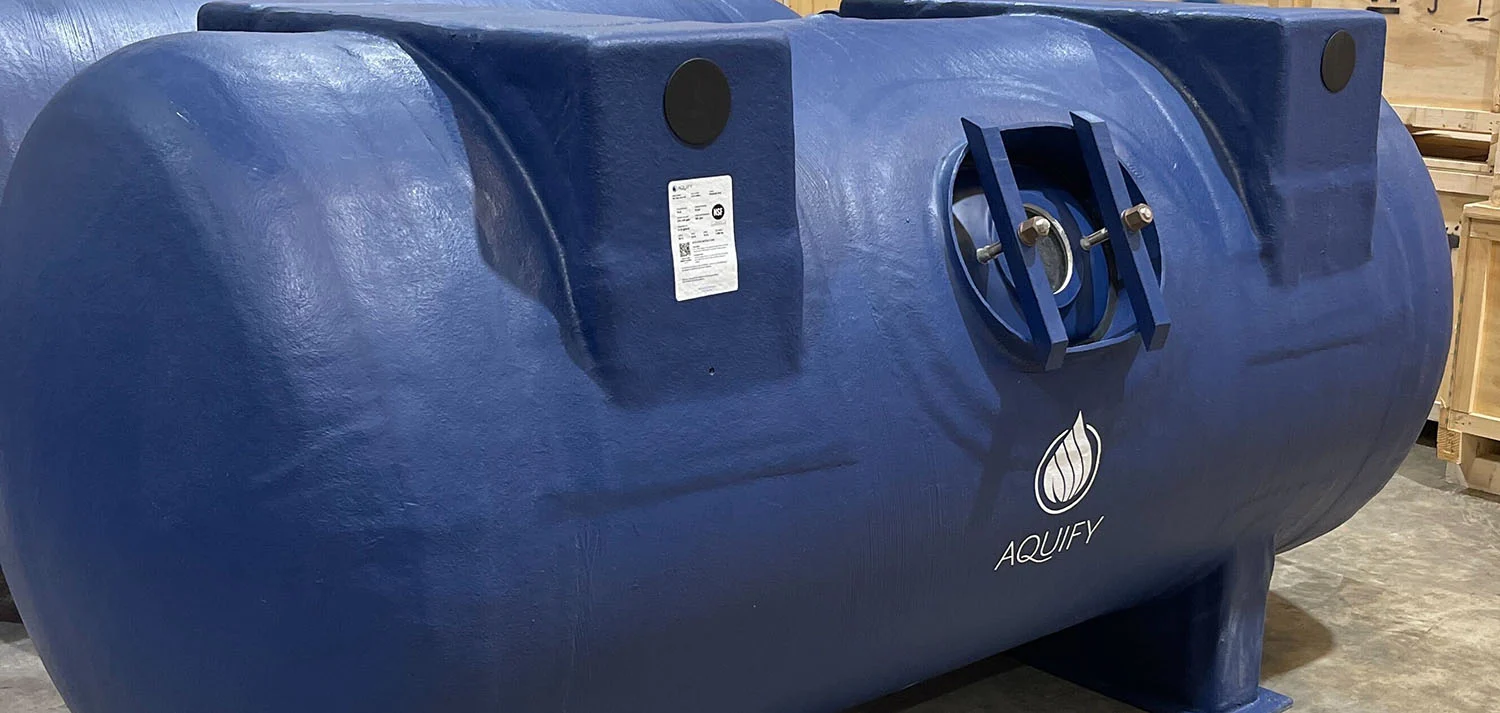This article was original posted by Cloward H²O.
Backwashing. One of those distasteful tasks necessary to keep a facility running smoothly. Without proper backwashing, filter media will clog, solidify, and channel making the filters largely ineffective, reducing treatment system flow, increasing pump power, impacting water quality, and over a long term require early replacement of the filter media. Backwashing also helps with controlling the level of total dissolved solids (TDS) buy discharging high TDS water to waste. On the other hand, there are ecological and financial impacts when a filter is backwashed. When a filter is backwashed, there is much more than dirt going down the drain. Along with the dirt there is the water, chemicals, and thermal energy. Each of these items impact the environment and cost the facility money to dispose of and replace.
Clean, clear, pure, water is a precious resource and the main attraction abundantly used in every aquatic facility. There are many locations where water of suitable quality is not readily available and may need to be brought in by truck or boat or processed through a desalination plant. Treatment and transport of water requires large amounts of energy and other resources which not only expensive but impact sustainability. Each backwash cycle sends a certain quantity of water to waste and requires replacement of that volume. The waste water also caries with it the energy and chemicals that have gone into conditioning that water for recreational use. New water coming into the pool must then be conditioned to the standards for that pool – heating from incoming temps which may be in the 50-60 F (10-15 C) range up to comfortable 80-90 F (26-32 C) or even higher for spa pools. That amounts to about 0.47 cents for every gallon of spa water that needs to be replaced, or as much as $3.50 in heat alone every time the spa filter is backwashed. A 5,000 ft2 pool with a 3 hr turnover will cost about $13.80 in heat every time the filters are backwashed.
Technologies which reduce backwash water (i.e. regenerative media filters) or use sustainable heat sources can be significantly reduce the costs associated with heat loss to backwash waste.
Backwash water also contains chemicals that are necessary to maintain quality water and sanitary condition for pool patrons controlling contamination and mitigating microbial growth (potential pathogens and algae). These chemicals typically involve an oxidizer (i.e. Chlorine), Sanitizer, and pH adjustment. Chemicals also require natural resources and energy to produce, transport, and store and may leave by-products during manufacture. When carefully balanced water including the balancing chemicals are wasted in the backwash cycle and need to be replaced with the make-up water. Another concern that some jurisdictions do not allow the discharge of filter backwash into the sanitary sewer because of the sanitizers and oxidizers, or potential for elevated levels of such which may impact water treatment plant operations. This may lead to the alternative practice of discharging backwash waters to the storm drain, with no downstream treatment ultimately ending up in natural waters.
Final Impact
If the primary objective of backwashing is to clean the filter media so that the filter can continue to effectively do its job of removing particulate contaminants from the water. Is there a way to do this in a more sustainable manner, without wasting so much water, chemicals, and energy? Yes!
In the past several years, there have been great advances in filter technology. There are a number of quality filter products on the market that reduce waste discharge by 80 or 90% over traditional sand filter backwashing. Regenerative Media filter systems have been installed and proven in numerous installations, large and small, with terrific results and payback. With a typical ROI of 18-24 months this technology is extremely attractive.

Another method that has been around for a very long time and is used extensively in public aquariums is often referred to as a Backwash Water Recovery System. Backwash water is sent to a holding tank, then treated through settling, additional filtration, and sanitation. Once the backwash recovery system has sufficiently cleaned the water it can be re-used as makeup for the pool with all the balanced chemistry and heat energy intact, recovering 80% or more of the waste-water. Re-use of backwash water is becoming more common and accepted by health authorities given adequate safeguards to ensure that the reclaimed water meets standards. Backwash recovery is typically best suited for larger aquatic facilities, waterparks, theme parks, etc. with many filter tanks, due to the amount extra equipment and space required.
Even if the water cannot be re-used in the pool directly due to local regulation, heat may be harvested from the backwash water and the cleaned water from the recovery system can be used for other secondary water purposes such as irrigation.
The number one priority for every owner, designer, engineer, and operator is to ensure the health and safety of the facility’s patrons. Backwashing is absolutely essential to a well maintained and performing pool water treatment system. Ensuring health and safety does not need to come at the expense of operating in an environmentally friendly way.
—
Want to learn more about pool filter technology? Now read about what to consider when choosing between fiberglass and stainless steel filters.
Aquify is a leading manufacturer of commercial pool filters, both regenerative media filters and high rate sand. Visit our filter catalog to learn more.
